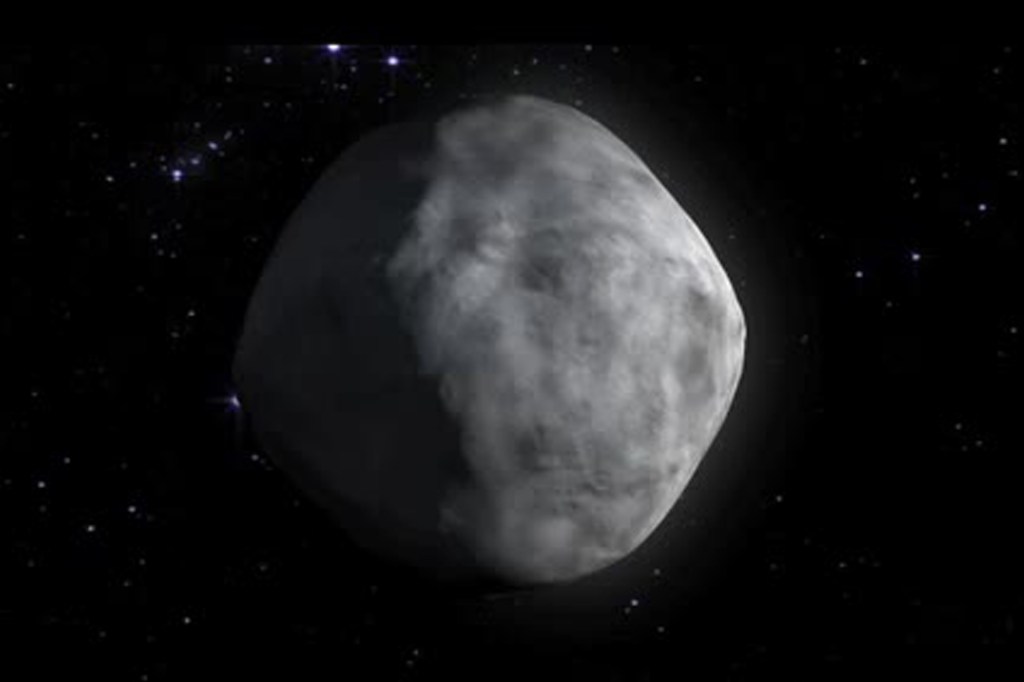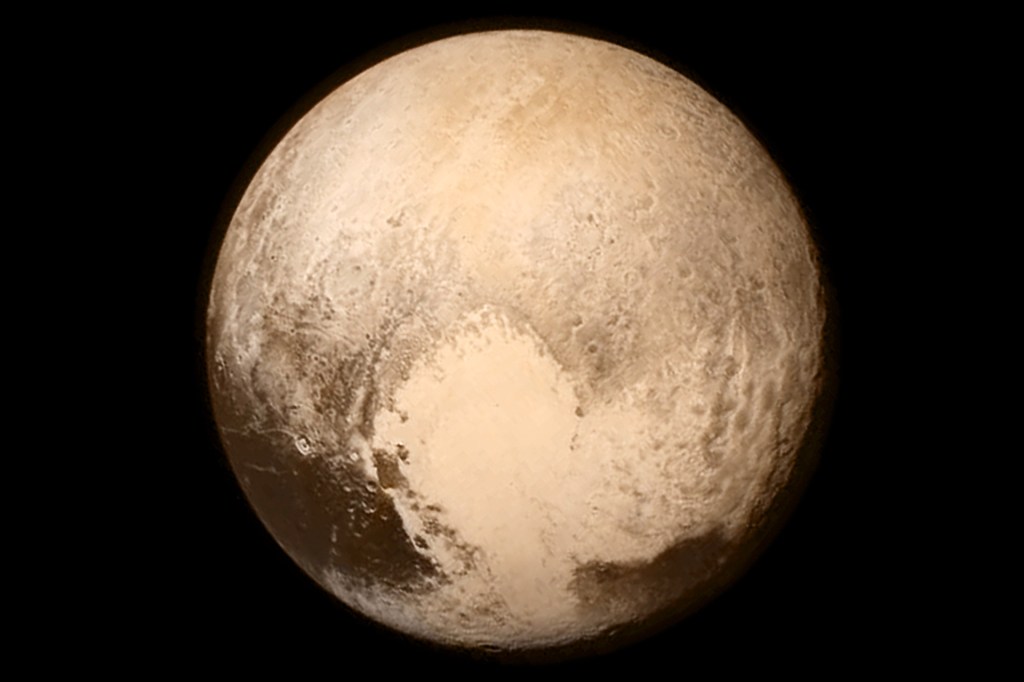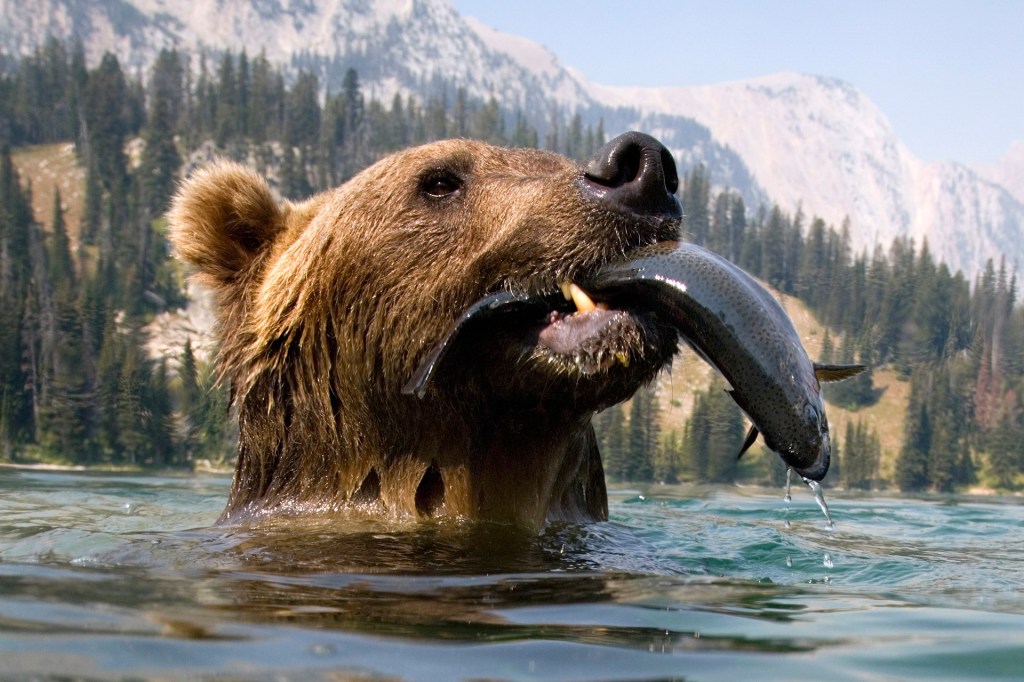
Thanks to government protections, grizzly bears have bounced back from near-extinction. But can they survive in the wild without help?
Grizzly bears have all but disappeared from the continental United States (see map). But they are making a comeback in and around Yellowstone National Park. By 1975, the grizzly population had fallen below 140. Now, 41 years later, that number has increased to about 700.
U.S. officials say these numbers show that the big bears in the Yellowstone area have recovered. Is it time to remove the grizzlies in Yellowstone from the endangered-species list? The decision could be announced by mid-November.
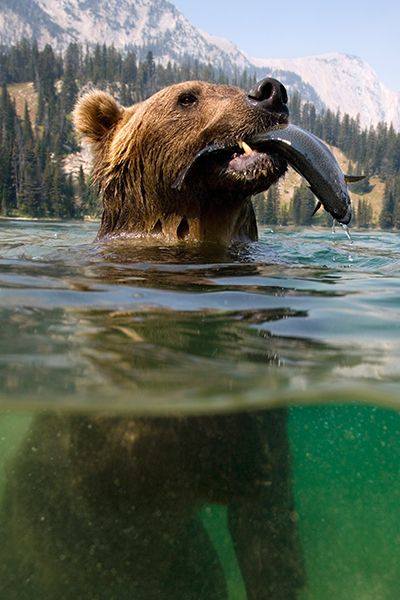
A grizzly catches a trout. Numbers of this key food source are declining.
KLEIN AND HUBERT—MINDEN PICTURES“The bears are [in] all suitable habitat,” Michael Thabault, of the U.S. Fish and Wildlife Service, told TFK. “This tells us the population is stabilized
stabliize
 MISCHA KEIJSER—GETTY IMAGES
to make steady or unlikely to change
(verb)
The pilots stabilized the airplane and landed it safely.
.”
MISCHA KEIJSER—GETTY IMAGES
to make steady or unlikely to change
(verb)
The pilots stabilized the airplane and landed it safely.
.”
Conservationists say that the bears still face many challenges in the wild. The loss of important food sources is one. Grizzlies eat the nuts of the whitebark pine. The tree’s numbers are declining. There are also fewer trout and elk. Both are favorite grizzly foods. According to Thabault, the bears are adaptable
adaptable
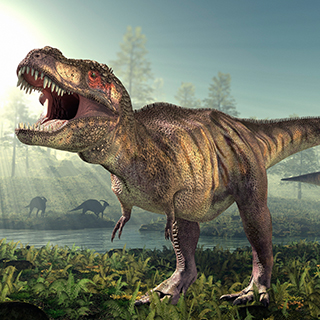 ROGER HARRIS–GETTY IMAGES
able to adjust to new conditions
(adjective)
It is believed that dinosaurs could not adapt to a changing climate.
. They will eat whatever foods are available in order to survive.
ROGER HARRIS–GETTY IMAGES
able to adjust to new conditions
(adjective)
It is believed that dinosaurs could not adapt to a changing climate.
. They will eat whatever foods are available in order to survive.
Out of the Woods?
The biggest worry for conservationists is that grizzlies will be hunted once protections are removed. The bears will remain protected in Yellowstone National Park. But Wyoming, Montana, and Idaho plan to allow hunting.

Tourists watch a grizzly mother and cub cross a road in Yellowstone National Park.
JEFF VANUGA—MINDEN PICTURES“[States] want to manage their own wildlife and not have the federal government tell them how to do it,” says Andrea Santarsiere. She is a lawyer for a group that protects animal habitats. She says bears should be back in their historic habitat before a decision about delisting is made.
Biologist Kerry Gunther works for the National Park Service. He believes grizzlies are ready for delisting. But he says that states need to come up with good conservation plans. “The recovery of this symbol of the wilderness is a conservation success story,” he says.
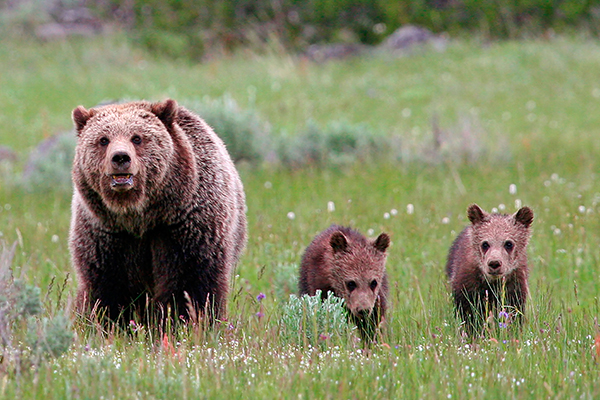
Grizzlies often give birth to twins. In the wild, the bears live about 25 years.
PAPILO/ALAMYWhether or not that story has a happy ending will depend on what happens next.
Where Are the Bears?
The map shows the big area where grizzlies once roamed and where they can be found today.
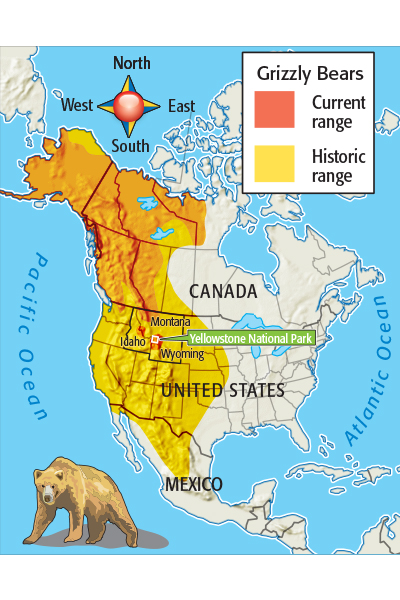
Where are the bears? The map shows how widely grizzlies once roamed and where they can be found today.
MAP BY JOE LEMONNIER FOR TIME FOR KIDS







